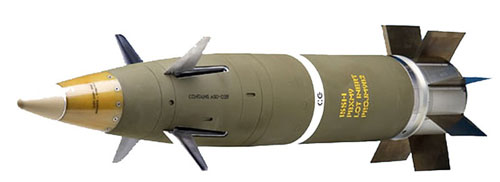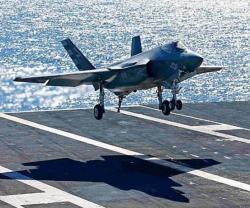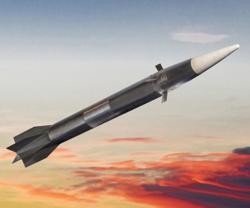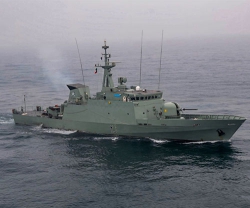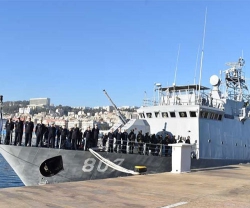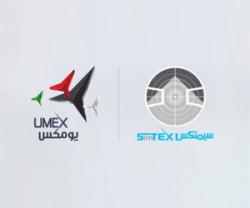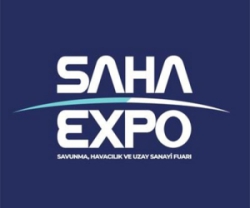The M109A2/A3 is an early variant of the M109-series howitzer operated by armed forces around the world. Based on the test results, those forces are now able to use the extended range precision capability provided by Excalibur Ib.
“With these firings, we have expanded the potential Excalibur Ib user community and proved to those countries they can add precision fires to their arsenals,” said Mark Hokeness, Raytheon's Excalibur Program Director.
“Excalibur provides its users with accurate, first-round effects capability in any environment and supports forces across the full spectrum of operations,” he added.
The Excalibur Ib is a 155mm precision-guided, extended-range projectile based on the combat-proven Excalibur Ia-1 and Ia-2 projectiles, and uses GPS precision guidance to offer soldiers an accurate, first-round, fire-for-effect capability in any environment.
Equipped with a non-spinning fixed and fewer parts, the projectile follows a simplified development approach compared with Excalibur Ia, and addresses the army's objectives for improved reliability at significantly reduced costs.
A co-development program between Raytheon and BAE Systems / Bofors, the Excalibur projectile has been designed to provide accurate, first round fire-for-effect capabilities to the current and future 155mm howitzers in urban environments.
Excalibur has been fielded by the US Army, Marines and several foreign military forces worldwide.

